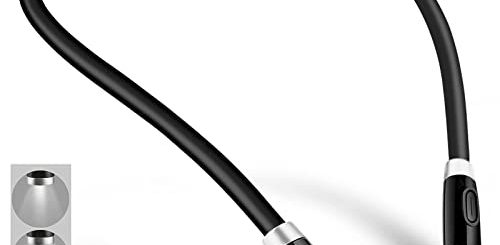Six Under-Reported Ways to Save Links and Clippings on Your iPad
When it comes right down to it, I am a fanatic about saving the stuff I read on the iPad quickly, painlessly, and in a form I can refer to and use later. After seeking for years for a grand solution to every saving and clipping action issue I encountered, I am now a “git ‘er done” pragmatist when it comes to my options. Here are a few I’ve discovered:
- Use the save/share browser button to save a link to whatever page you are looking at to your Notes. Or, if you highlight text on the page and save it to Notes, using the “share” option from the context menu that pops up in black above or below the highlighted text, the clipping will be saved sans any surrounding material. No link to the page, no title, no nothing–just the text you highlighted. Pro tip: create a note in Notes with a title based on the topic you are researching, say “Zeno’s paradoxes.” Then, as you find other text to highlight or links to save, when you choose to save them to Notes you will be given a choice of which note you want to save to. Thus you can create a little set of nested notes and links in a single note on the iPad, one which is available to you on your computer if you connect everything up in iCloud. It’s a lot like “Your Highlights” in your Kindle account, except in the end it’s yours.
- Save the page link itself to Google Keep. Keep is great for “keeping” (sorry) a running journal of thoughts, images, and texts, each one tagged if you wish, searchable, and even color coded if desired. Or, if it is a piece of text you want to save, copy and paste it to a note in Keep, or take a picture of it and post the image to keep, again with a title, a tag, some text, and a color. Or, open Keep and start a note with the little michrophone icon, which will start a note and record in the note what you dictate. Keep also saves an audio copy of whatever you say. (This option seems to cut out on me before I can dictate very much text. A preferred way to do this is to open a new note and then use the mike available in the iPad keyboard utility. This works like a charm, but no audio recording is saved.)
- Add an app like Mail to Self to your iPad and then use it to email yourself a link to the page you are reading. Actually, the app can be set to any default email address that you can verify you have access to. (If you set up an IFTTT based on emails sent to that address, you can then do other things, like make a draft post to your WordPress blog, or shoot a copy to Facebook. More on this in another post.)
- When you are reading in the Kindle app, the Google Keep option is particularly useful. You can highlight text, which will keep it as a clipping associated with your Kindle book, but that highlight can also be sent to post in Keep, which will not only save the highlight, but also provide the name of the book and a link to the book in the browser, with your highlight, well, highlighted in a pop up. You can, of course, purchase the book from that browser page if you wish.
- If the page is something you want to read at leisure, iPad offers a very convenient option to “Save PDF to iBooks.” It appears natively in the Safari save/share menu, so it is very quick and dirty when it comes to saving, say, a Wikipedia article you want to refer to later.
- When reading in the Kindle app, remember that clippings are saved in your account at kindle.amazon.com, where they can be viewed, copied, and deleted remotely. Curiously, that long list of highlights from all your books cannot be searched properly online; the best search function available is through the reading app itself, while you have the book open. Online, the best you can do is to get all the highlights from one book open on a page and use the browser search (ctrl+f) to find what you are looking for.
None of these is perfect, but I am intrigued by the iPad / iPhone Notes app option. If I know I am interested in something while surfing the web or reading a book, I can put a link or a highlight into Notes, even from within the Kindle reading app. (If you do this, the quote will appear in the Note as a link to the book at Amazon.)
So, the quick and dirty: save to Notes, enable iCloud for Notes, and you have the most flexible way to build your your mini-reference document on any subject you want.
Special Note on Evernote: Of course I figured that Evernote would be the right vehicle for what I am trying to do, particularly because using Notes harnesses one to the iOS universe, at least until you look at the Note in iCloud and copy/paste it somewhere else. In a sense, Evernote does work for what I want to do, but instead of collecting items in one single Note, you collect them in a Notebook, where they function as semi-related items.


